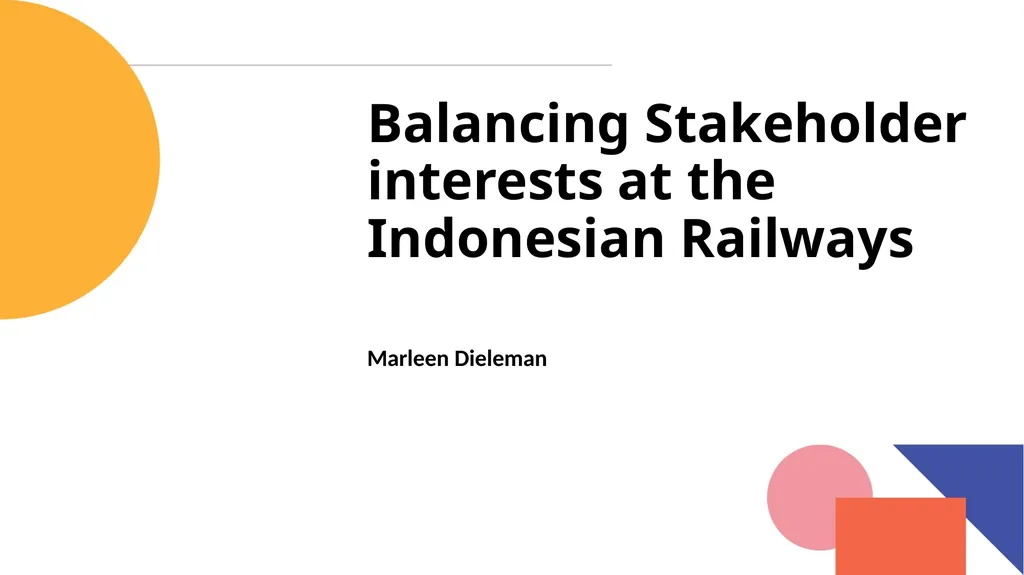
Author : liane-varnes | Published Date : 2025-06-27
Description: Balancing Stakeholder interests at the Indonesian Railways Ivey Publishing National University of Singapore Marleen Dieleman The Important Role of Indonesias State-Owned Enterprises Indonesia as the largest market in Southeast Asia and theDownload Presentation The PPT/PDF document "" is the property of its rightful owner. Permission is granted to download and print the materials on this website for personal, non-commercial use only, and to display it on your personal computer provided you do not modify the materials and that you retain all copyright notices contained in the materials. By downloading content from our website, you accept the terms of this agreement.
Here is the link to download the presentation.
"Balancing Stakeholder interests at the Indonesian"The content belongs to its owner. You may download and print it for personal use, without modification, and keep all copyright notices. By downloading, you agree to these terms.













